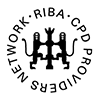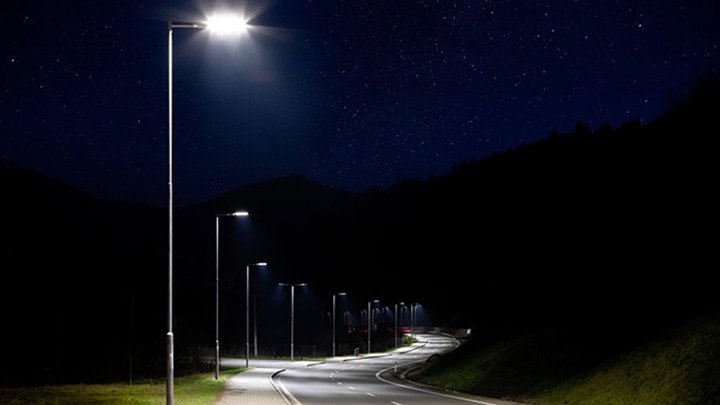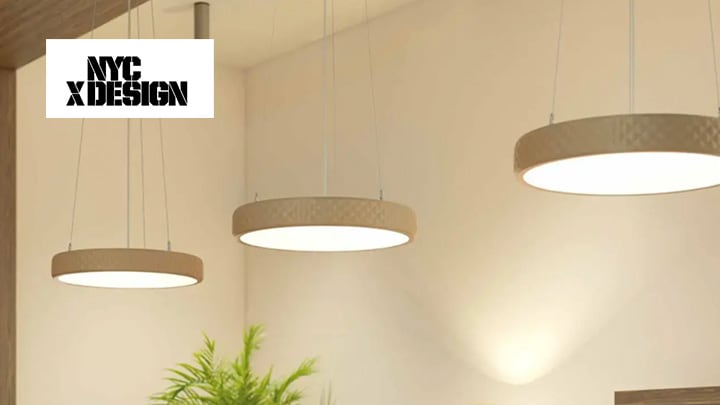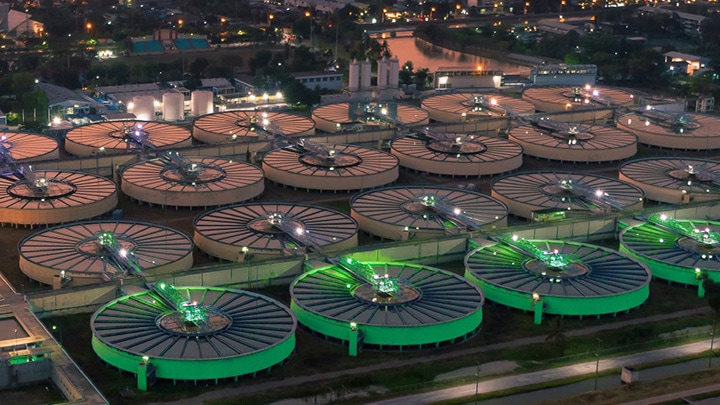Click the video player alongside to watch the webinar and learn how big data and IoT can be used for urban analysis.


Today, our cities produce unprecedented amounts of data. What’s more, the amount of data we produce globally is doubling every year. The platform for this mass information exchange is the Internet of Things (IoT).
Sensors in our phones, computers and vehicles actively and passively collect reams of information, as do streetlights, buildings and power lines. The convergence between digital information and the physical environment, bound by IoT networks, has enormous potential. We have real-time datasets on everything from temperature, humidity and pollution, to vibration, light and sound and our daily movements.
The Senseable City Lab strives to anticipate and study these changes and networks, developing tools to harness data and learn more about our cities. The research initiative at the Massachusetts Institute of Technology (MIT) promotes the smart city beyond the urban planning buzz word, encouraging standardization efforts that ensure open network IoT solutions and protocols that support complex communications flows. Using sensors and networks, we can diagnose city infrastructure and respond as needed in real-time.

Simplifying deployment of connected streetlights
Attend this webinar to gain a comprehensive understanding of the benefits, deployment strategies, and key considerations involved in implementing connected streetlighting solutions.

3D printing, our way to a brighter and sustainable future
In this webinar, you will learn about 3D printing, our way to a brighter and sustainable future

Light as a service
Attend this webinar to learn how Light as a Service (LaaS) can upgrade their lighting systems with no upfront investment, offering energy efficiency, improved safety, and sustainability.